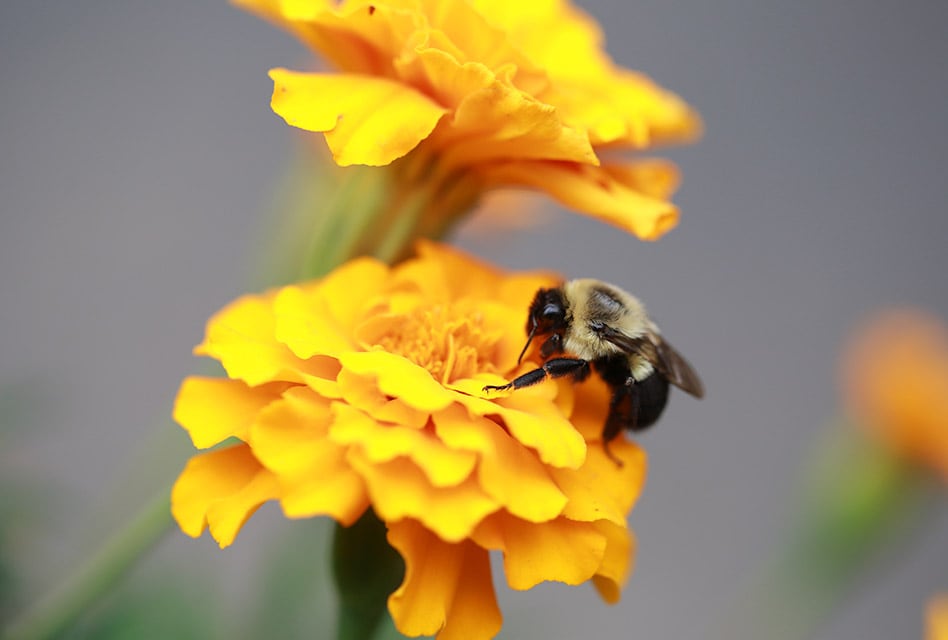History of Mosquito Control
Find nearby providers to get rid of mosquitoes today
The Early Days of Mosquito Control
Evidence shows that mosquitoes have been around for millions of years. Mosquitoes not only interfere with an evening cookout, they are known to transmit disease and, as a result, have been the target of intense control targeting for many, many years. The mosquito may be small, but it’s credited with changing the course of human history.
Native America
Native Americans used plants to control mosquitoes. Depending upon the region, indigenous people used rosemary, lemon grass (citronella) marigolds and catnip plants to repel mosquitoes. The plants secrete natural oils that keep the mosquitoes away.
The Panama Canal Catastrophe
In the latter part of the 19th Century, the French government abandoned construction of the Panama Canal because of the high mortality rate of its canal workers that were exposed to mosquito-borne diseases. By first taking measures to control the mosquitoes, the United States was able to take over the project and complete the excavation of the Panama Canal in just a few years.
Mosquitoes are much more than a simple nuisance. They have always been highly influential with respect to human mortality across time, and across the world. Each year about one million people on earth die from mosquito-related illnesses, and some scientists believe them to be the most dangerous living creatures on earth.
Government Efforts
Early U.S. developments
In 1867, a farmer discovered that kerosene kills mosquitoes in the water troughs. Kerosene was becoming widely used in the United States, and in 1892 the United states Department of Agriculture approved Kerosene as a mosquito control.
In the late 1800s and early 1900s, it was determined that there was a causal relationship between mosquitoes and such diseases as Dengue Fever, Malaria, Yellow Fever, West Nile Virus and Dog Heartworm. At the same time, the USDA and the US Army were conducting experiments using powders and sprays to control such deadly vectors, including the mosquito.
In the 1920s, Paris Green, an oil-based pesticide with copper acetoarsenite was used to control mosquito larvae in the swamps and bayous of the southern United States. It is most commonly used for larval control.
The Swiss Break-Through
In 1939 Switzerland, a scientist developed a new pesticide, Dichlorodiphenyltrichloroethane. According to the Environmental Protection Agency, the government and military began using dichlorodiphenyltrichloroethane (DDT) in the late 1940 and by the end of the 1950s, it was widely used by the military to control mosquitoes, which, in turn helped reduce malaria.
By the end of the 1950s and early 1960s, state and local governments began spraying DDT in an effort to control mosquito breeding throughout the United States. Various pesticides with DDT became available to the civilian population and was widely used by farmers.
Less Toxic Ways to Reduce the Buzz of Mosquitoes
In the 1960s, it was determined that DDT was causing illness up through the food chain and that DDT was affecting the livers of many species including humans. In 1972, USDA acknowledged that DDT was a carcinogen and was no longer used in the United States. However DDT is still used to control mosquitoes in Africa under the careful watch of The World Health Organization.
Stay OFF of me!!!
During and after World War II, as a result of research completed by USDA and the Army, repellants were developed. In the 1960s, mosquito repellants such as OFF began to find their way to the public’s store shelves. The goal of repellants is not to kill the mosquitoes, but rather repel the insects from the area. Citronella candles also became a popular method of repelling mosquitoes from evening poolside parties. Though introduced early in the 1900s, bug zappers and traps became popular in the 1970s. Some restaurants and outdoor eateries find the use of light traps to be non-toxic, affordable and effective when combined with other efforts to control mosquitoes.
Don’t Build it and the Mosquitoes Will Not Come
Modern Day Mosquito Control
In 1999, West Nile Virus was seen in upstate New York and has worked its way across the United States ever since. As a result, the CDC has taken efforts to work with local governments to educate the public on methods for reducing the number of mosquitoes the area.
One method is to remove water sources that provide a habitat for mosquito larvae. Buckets, old tires, gutters full of debris, drainage ditches, tarps, kids pools are some of the many places were water can collect. Unmaintained pools, birdbaths, fountains and backyard fishponds are common places were mosquitoes breed.
Local governments, the cooperative extension and or health departments offer education on how to get rid of mosquitoes, and some offer free minnows for fountains and backyard fish ponds to eliminate mosquito larvae.
Efforts Continue
Governments and health organizations around the world realize the importance of reducing the mosquito population in an effort to reduce Malaria, West Nile Virus, Equine West Nile Virus among other diseases.

